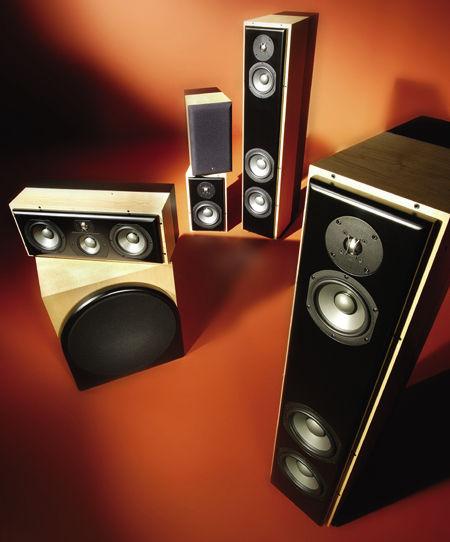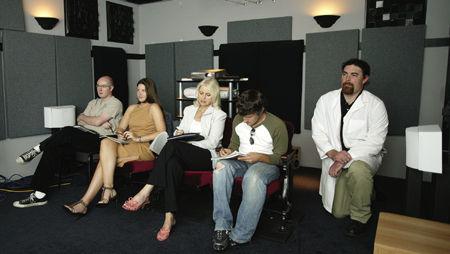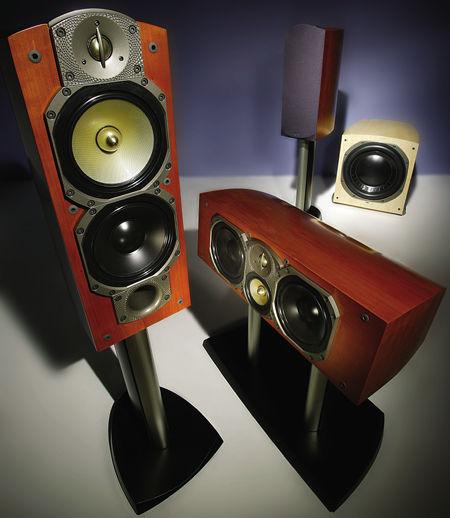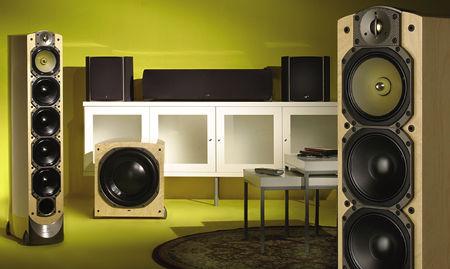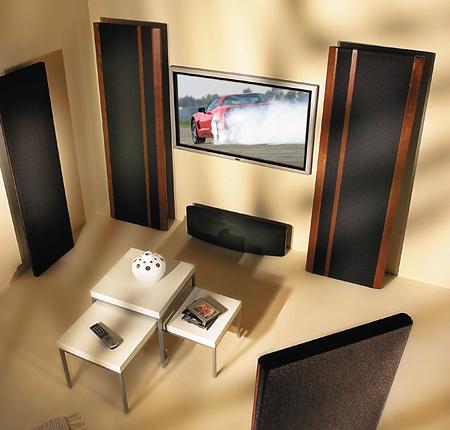Tower Speaker Reviews
Sort By: Post Date TitlePublish Date
Anthony Gallo Acoustics Reference 3 Speaker System and Arcam AVR300 A/V Receiver and DV79 DVD Player
|
Dec 14, 2004 |
First Published: Dec 15, 2004 |
0 comments


